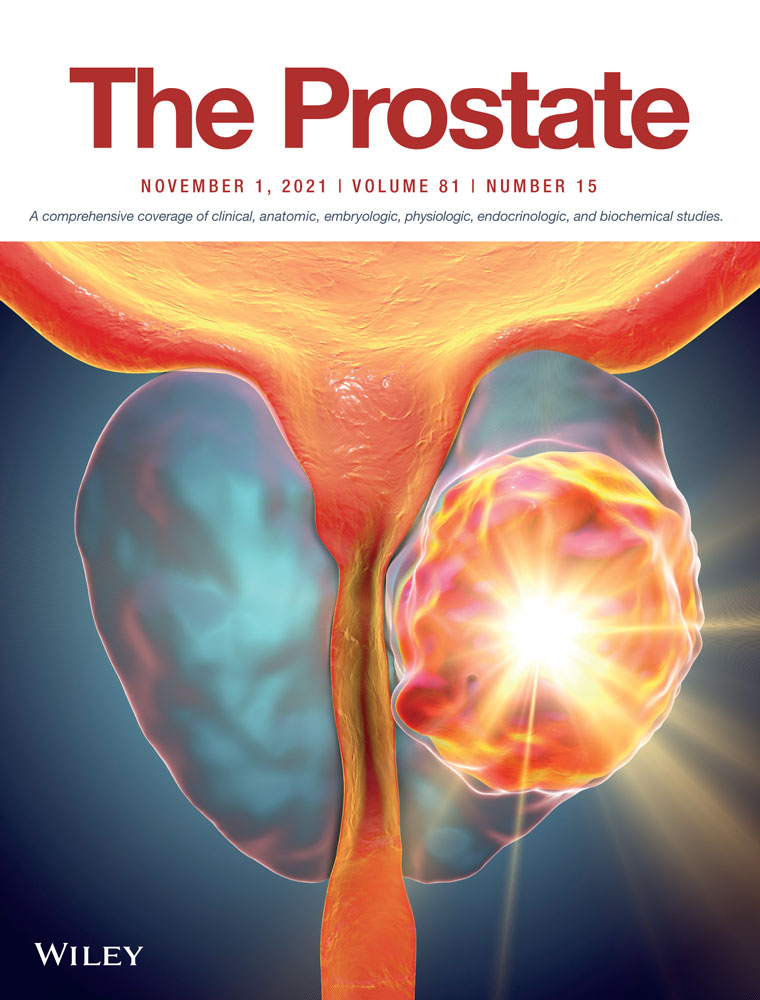Joint effect between bisphenol A and alcohol consumption on benign prostatic hyperplasia: A case–control study in Hong Kong Chinese males
Abstract
Background
Whether bisphenol A (BPA) exposure is a contributing factor to benign prostatic hyperplasia (BPH) remains unclear. This study evaluated the association between chronic BPA exposure and BPH risk, and explored whether this association was modified by alcohol drinking.
Methods
This study included a total of 650 BPH cases and 650 controls recruited from the same hospital in Hong Kong during 2011–2016. Chronic BPA exposure level was estimated by a validated cumulative BPA exposure index (CBPAI). We performed unconditional logistic regression model to examine the association of BPH risk with potential sources of BPA exposure via oral intake and CBPAI. We further tested the interactions between CBPAI and alcohol consumption habits on BPH risk.
Results
A positive exposure–response relationship was observed between CBPAI and BPH risk. Frequent BPA exposure via oral intake of foods heated in a plastic box/bag (odds ratio [OR] = 3.52, 95% confidence interval [CI]: 1.51–8.22), cooling water in a plastic bottle (OR = 2.65, 95% CI: 1.33–5.27), or using a plastic cup to contain hot water (OR = 4.14, 95% CI: 1.02–16.89), was significantly associated with increased BPH risk. Compared with nonalcohol drinkers, alcohol drinkers was insignificantly associated with BPH risk (OR = 1.10, 95% CI: 0.77–1.57), but it demonstrated a more remarkable positive gradient between CBPAI exposure and BPH risk among alcohol drinkers, indicating an additive interaction between CBPAI and alcohol on BPH risk (synergy index = 4.24, 95% CI: 1.21–14.94).
Conclusions
Chronic oral BPA exposure increased BPH risk with a positive exposure–response relationship among Hong Kong Chinese, and alcohol drinking amplified the effect of BPA on BPH. Hence, minimizations of containing food or water/beverage in plastic containers and drinking alcohol are recommended in the community to mitigate BPH risk. Future larger and designated studies are warranted.
CONFLICT OF INTERESTS
The authors declare that there are no conflict of interests.
Open Research
DATA AVAILABILITY STATEMENT
The data are not publicly available due to the raw data would remain confidential and would not be shared.




